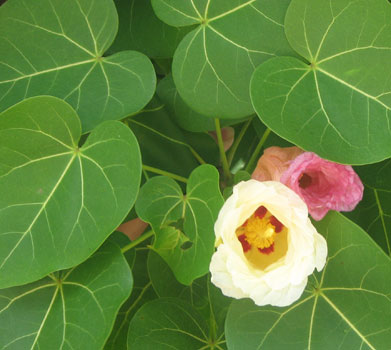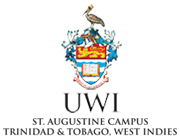The Collections
The more than 50,000 specimens, with the earliest specimens dating back to 1842, are arranged systematically by family for ease of storage, comparison and retrieval. They provide valuable taxonomic, bio-geographical, cultural and historical information. For convenience the collection is also divided into the following groups:-

- The native flora with samples from the major plant divisions -
- Spermatophyta (gymnosperms and angiosperms) which form the bulk of the collection.
- Indigenous plants including exotic species used as ornamentals or food plants.
- The West Indian collection with samples from Belize, Guyana and Suriname and some of the islands of the Lesser Antilles, most of which were acquired by exchange.
- The special collection of Theobroma and Herrania species inherited from the Anglo-Columbian Cocoa Collecting Expedition of 1952-53 to the tributaries of the Amazon and Magdalena rivers in the Andes by staff from the I.C.T.A. Cocoa Research Scheme. This is the only collection of its kind in the Southern Hemisphere, and will be useful in relation to the cacao germplasm collection held at St. Augustine.
- Thallophyta – macro marine algae
- Bryophyta - liverworts and mosses
- Pteridophyta - ferns and fern allies
- Spermatophyta (gymnosperms and angiosperms) which form the bulk of the collection.
An Online Database currently hosted by the University of Oxford can be browsed here.





